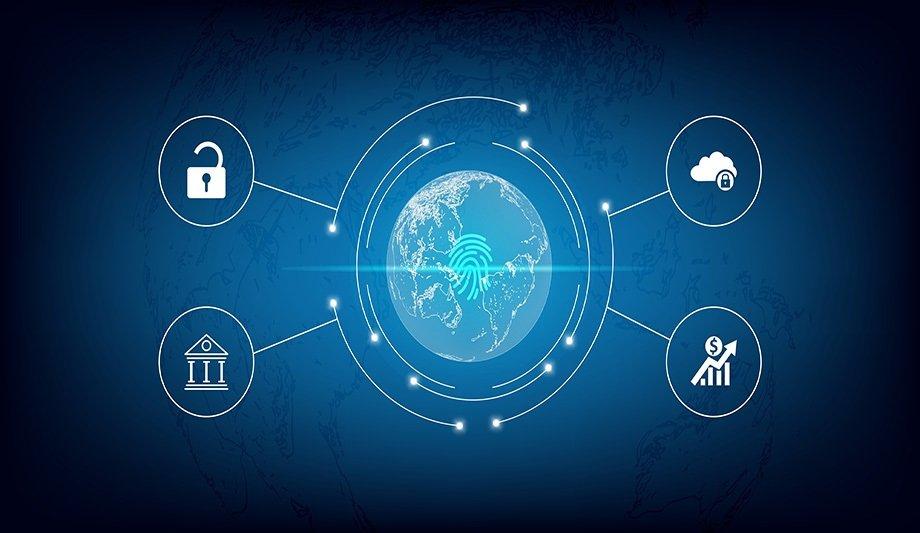
Future-Proofing Your Security: Adapting Physical Security Services to Changing Threats
Introduction
In an increasingly interconnected and digital world, physical security services remain as crucial as ever. The landscape of threats and challenges facing businesses and individuals is constantly evolving, and as a result, security measures must evolve too. Future-proofing your security means adapting Physical Security Services to address these changing threats effectively. In this article, we will explore the key strategies and technologies that can help you stay ahead of the curve and ensure the safety of your assets, employees, and premises.
The Shifting Landscape of Threats
To understand the importance of adapting physical security services, it’s vital to recognize the evolving nature of threats. Traditional security measures like locks and alarms are no longer sufficient in an era where cyberattacks, terrorism, and sophisticated criminal activities have become increasingly prevalent. Here are some of the emerging security challenges that organizations and individuals need to address:
- Cyber-Physical Threats: As more systems and devices become interconnected through the Internet of Things (IoT), the potential for cyberattacks that can impact physical security is on the rise. Hackers can gain access to and manipulate security systems, creating vulnerabilities that may compromise safety.
- Biometric Vulnerabilities: Biometric security systems, while highly secure, are not immune to attacks. Deepfake technology and fingerprint cloning pose new challenges to biometric authentication methods.
- Urbanization and Population Growth: Rapid urbanization and population growth have led to increased security concerns in urban areas. Managing the security of densely populated spaces requires innovative solutions.
- Environmental Factors: Climate change-related events, such as floods and wildfires, can disrupt physical security infrastructure. Adaptation to these challenges is essential to maintain security services.
- Social and Political Unrest: Social and political unrest can lead to civil disturbances and protests that may require enhanced security measures.
- Emerging Technologies: Innovations like drones and autonomous vehicles can be used for both positive and malicious purposes. Organizations need to prepare for potential threats posed by these technologies.
Strategies for Future-Proofing Your Security
- Risk Assessment: Begin by conducting a comprehensive risk assessment of your organization or property. Understand the specific threats you face and prioritize them based on their potential impact. This will help you allocate resources effectively.
- Integrated Security Systems: Embrace integrated security systems that combine physical and cyber defenses. These systems allow for real-time monitoring and response, providing a more holistic approach to security.
- Access Control and Biometrics: Upgrade access control systems with the latest biometric technology, but also implement multifactor authentication to reduce the risk of unauthorized access. Regularly update biometric databases to stay ahead of potential threats.
- Security Education and Training: Invest in ongoing security education and training for employees. Ensure that they are aware of the latest security threats and best practices for mitigating them. A well-informed workforce is an essential part of your security strategy.
- IoT Security: Implement robust security measures for IoT devices. This includes regular firmware updates, strong encryption, and network segmentation to prevent unauthorized access to critical systems.
- Environmental Resilience: Design and construct physical security infrastructure that can withstand environmental challenges. This includes flood-resistant barriers, fire-resistant materials, and backup power systems.
- Crisis Management and Response Planning: Develop comprehensive crisis management and response plans that address a wide range of potential threats. Regularly test and update these plans to ensure they remain effective.
- Surveillance and Analytics: Utilize advanced surveillance cameras equipped with analytics capabilities. These systems can detect unusual behavior and trigger alerts, allowing for a proactive response to potential threats.
- Collaboration and Information Sharing: Establish partnerships with law enforcement agencies and neighboring businesses. Sharing information on potential threats and incidents can help create a safer environment for everyone.
- Regulatory Compliance: Stay up to date with relevant security regulations and compliance requirements. Compliance not only helps protect your organization but also demonstrates a commitment to security to stakeholders and customers.
Technologies for Future-Proofing Physical Security
- Artificial Intelligence (AI) and Machine Learning: AI-powered analytics can identify patterns and anomalies in security data, helping to predict and prevent threats. Machine learning algorithms can adapt and improve security systems over time.
- Blockchain Technology: Blockchain can enhance the security of access control systems and protect sensitive data. It offers a tamper-proof ledger that can be used to track and verify security events.
- Biometric Enhancements: Developments in biometric technology, such as vein recognition and heart rate monitoring, provide more secure and resistant authentication methods.
- Robotic Security: Autonomous security robots can patrol premises, detect intruders, and provide real-time video feeds to human operators, enhancing overall security.
- Drone Surveillance: Drones equipped with high-resolution cameras and thermal imaging can provide aerial surveillance, making it easier to monitor large areas and respond to incidents quickly.
- 3D Printing for Security Infrastructure: 3D printing allows for the rapid production of customized security infrastructure, such as barriers and surveillance equipment, reducing lead times and costs.
Conclusion
Future-proofing your security is not a one-time effort but an ongoing commitment to adapt and evolve in response to changing threats. By implementing a combination of advanced technologies, proactive strategies, and a well-informed workforce, you can enhance the physical security of your organization or property. In a world where threats are constantly evolving, staying ahead of the curve is essential to protect your assets, employees, and peace of mind.







